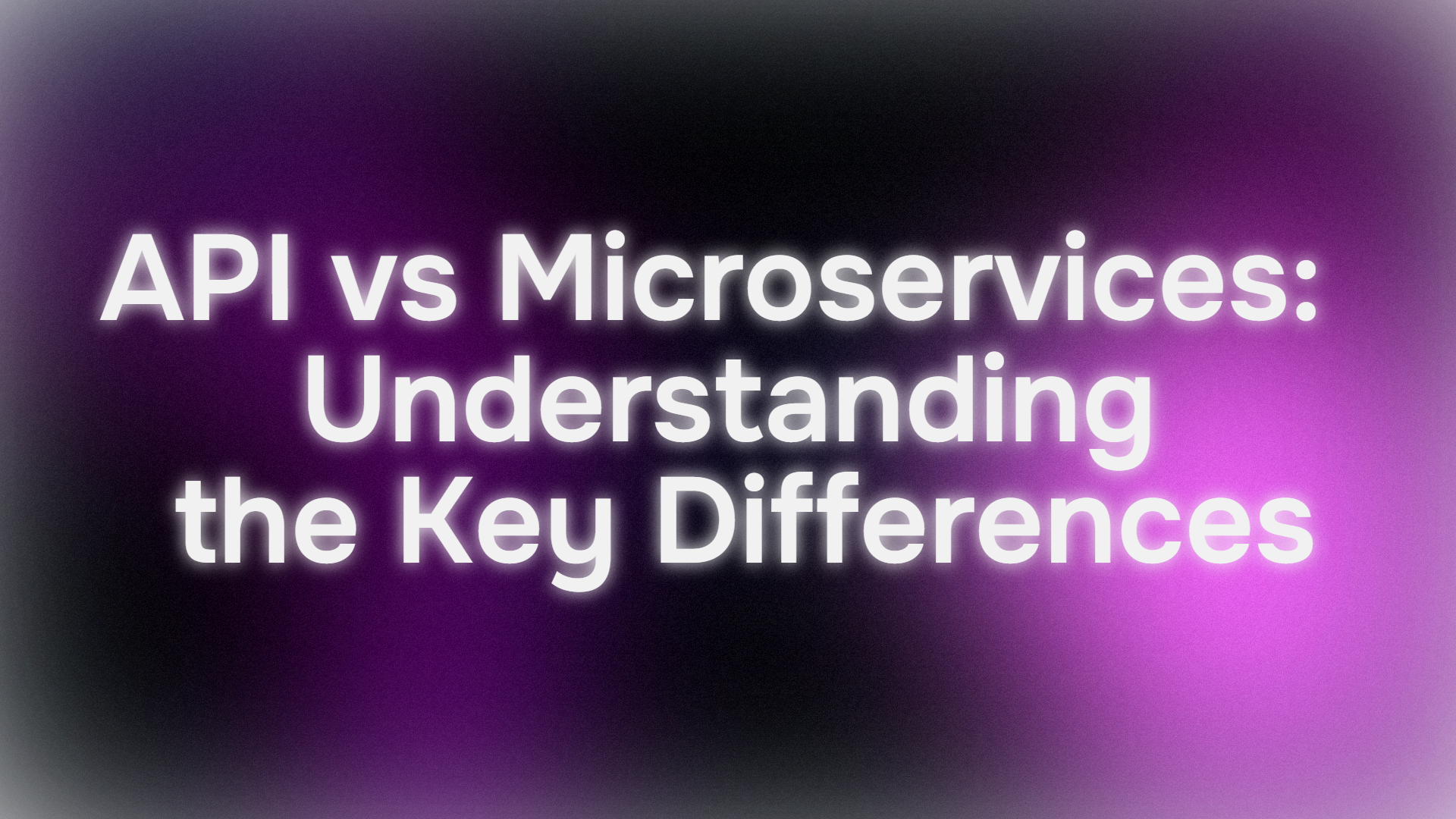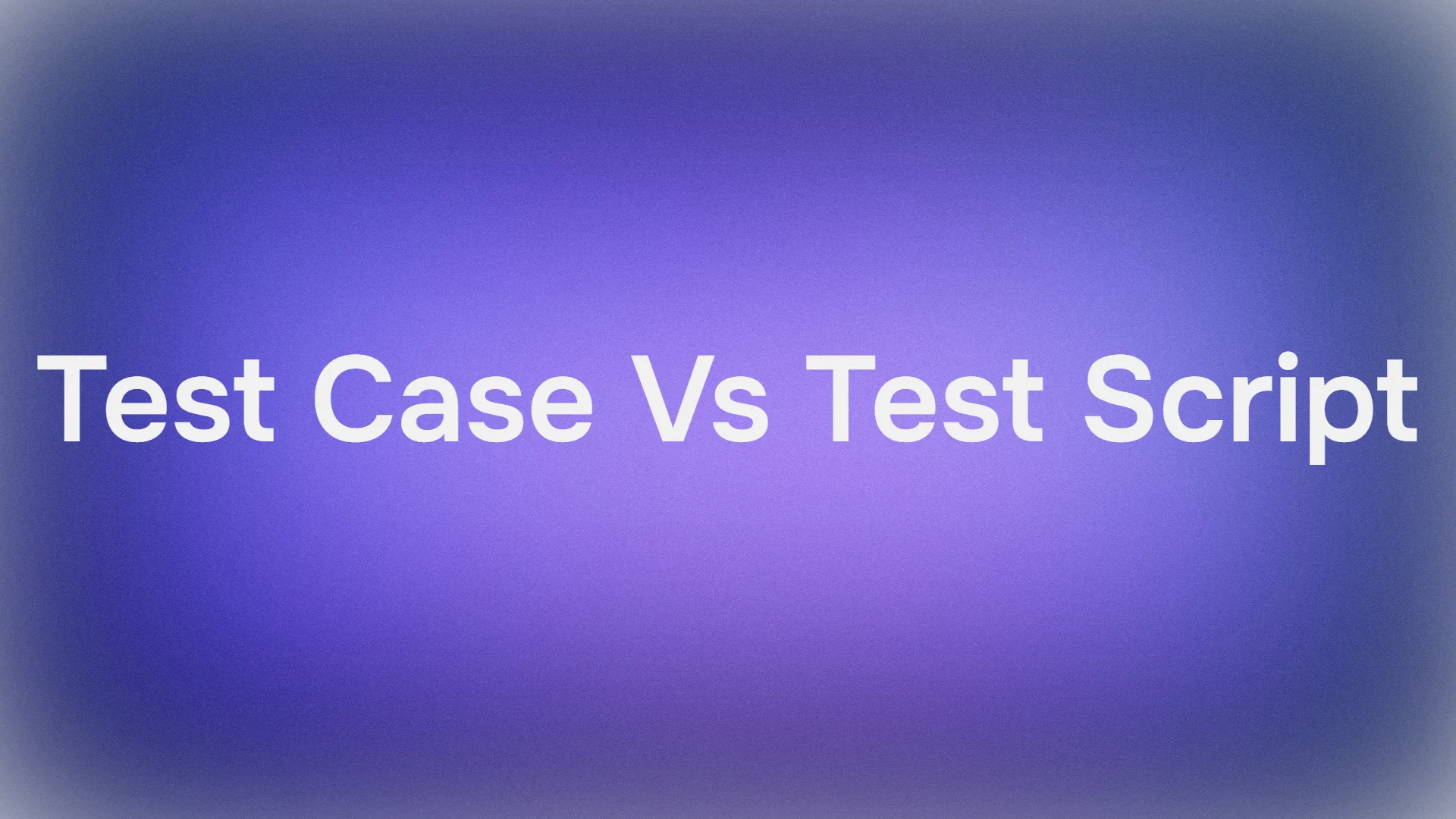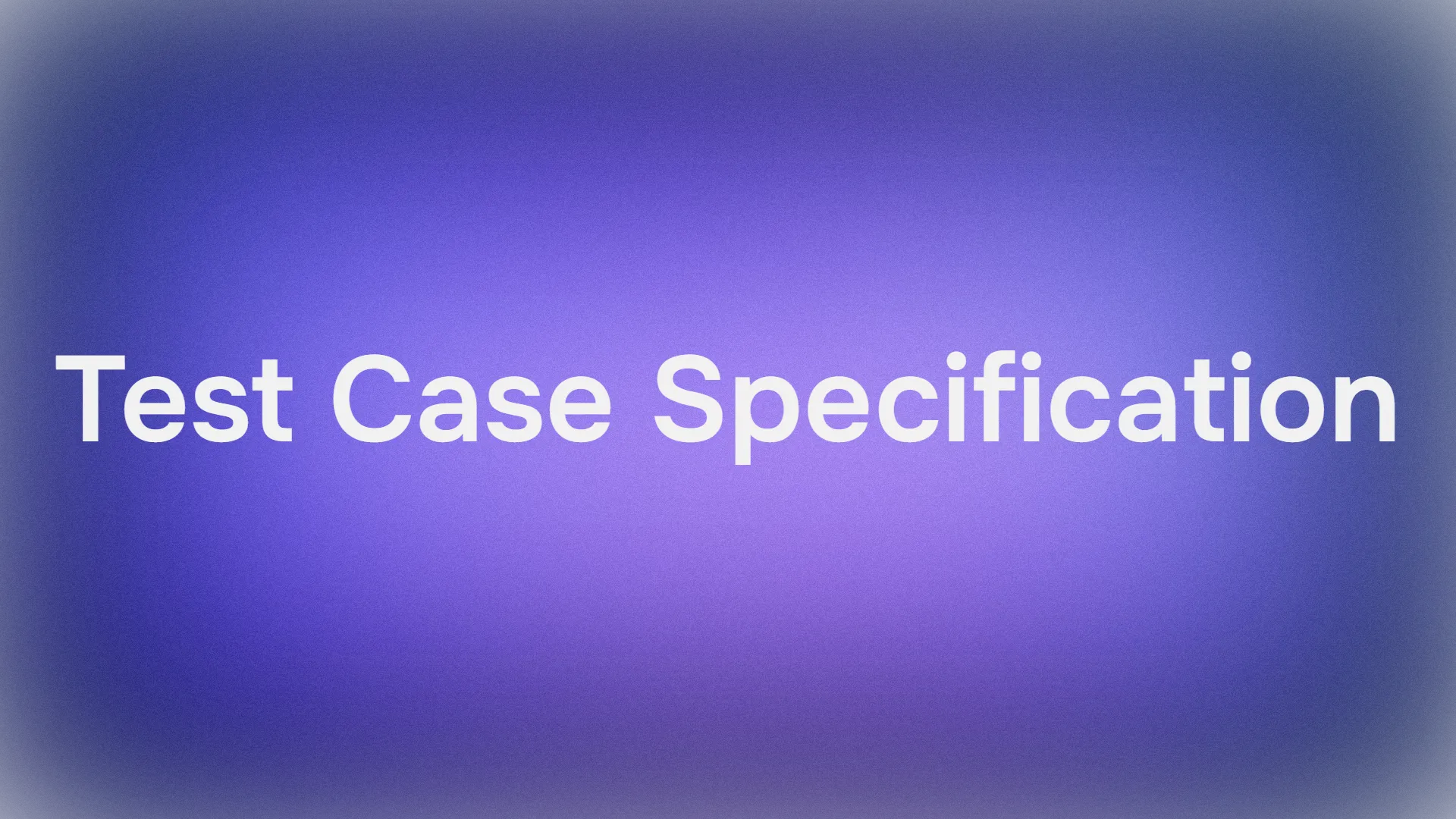Understanding the Basics
What’s an API?
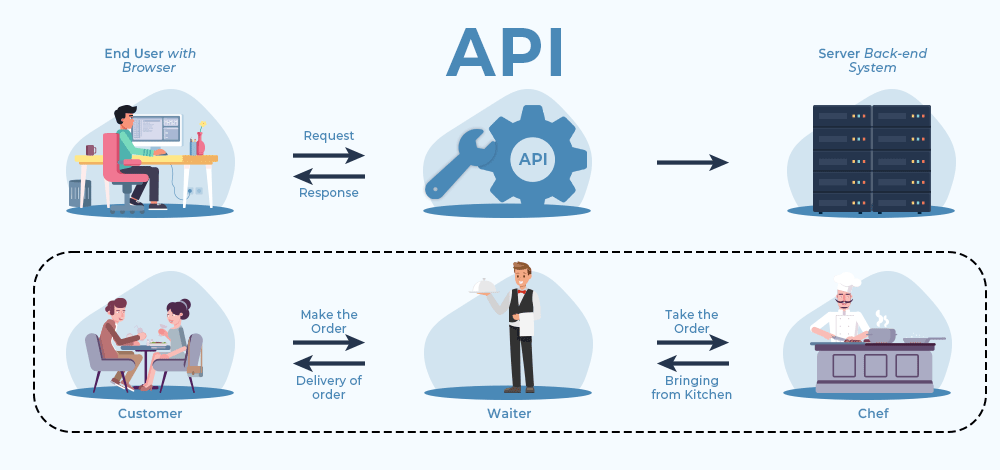
Let’s start simple. API stands for Application Programming Interface. Think of it as a friendly waiter at a restaurant taking your food order (your data), delivering it to the kitchen (the system), and bringing your meal back to you (the response).
In technical terms, APIs allow different software applications to talk to each other. It’s the bridge that connects apps, databases, devices, and, in today’s cloud first world, even AI models.
Key Points:
- APIs expose data or services in a standardized way.
- They can be public (Twitter API), private (within an org), or partner-based.
- APIs come in flavors: REST, SOAP, GraphQL, and more.
Why are APIs So Important?
APIs are everywhere from the weather display on your smartphone to payment processing in E-commerce apps. They help you:
- Fetch and update data securely.
- Integrate third-party services.
- Automate tasks without writing everything from scratch.
What are Microservices?
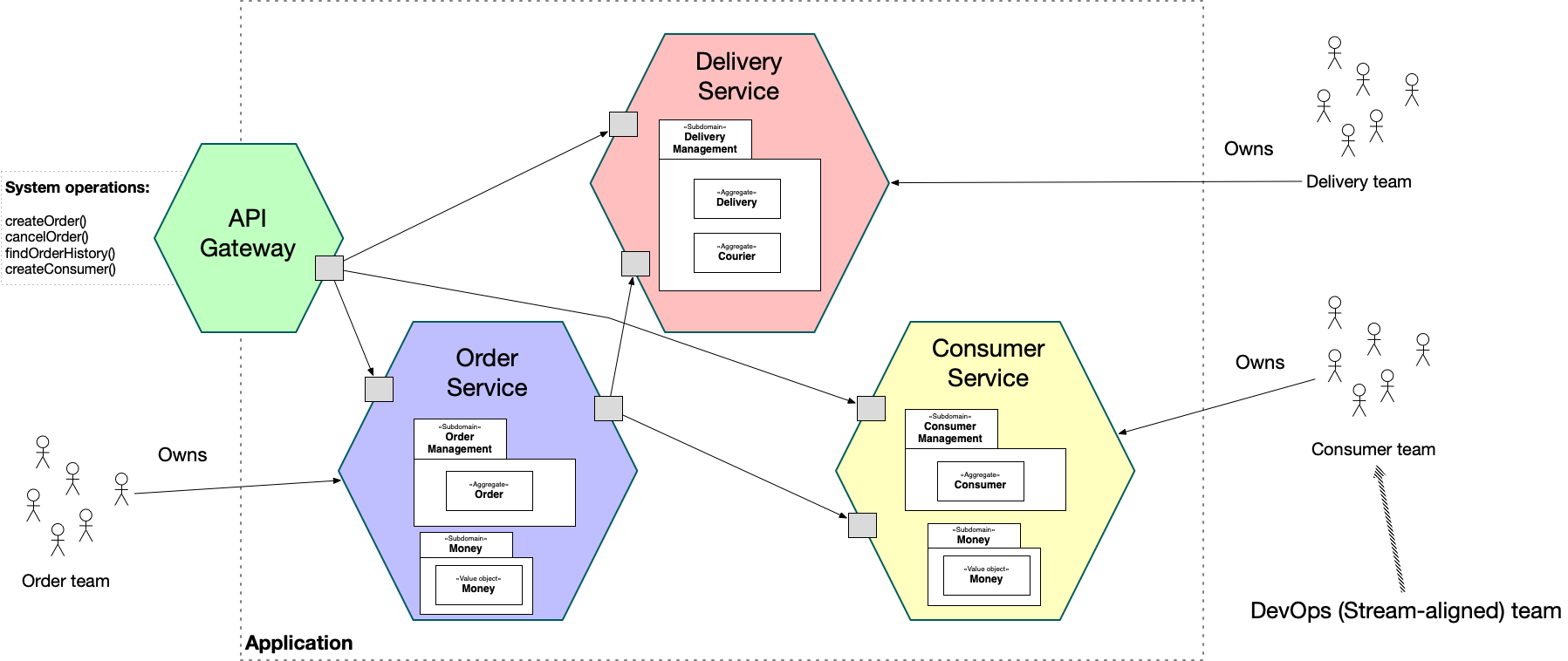
Now, let’s explore the second term: microservices. This is less about a specific technology and more about an architectural style.
Picture a giant LEGO set: instead of building one massive, monolithic creation, you build lots of smaller, independent pieces. That’s the microservices approach!
Microservices divides a large application into many small, independent services. Each service does one thing well (for example, user login, payment, or notification), and they all talk to each other using APIs.
Key Characteristics:
- Each microservice is developed, deployed, and scaled independently.
- They can be coded in different languages Python for authentication, Java for processing, etc.
- Teams can work on different services without stepping on each other’s toes.
Why Use Microservices?
If you want flexibility, fast releases, and scalable applications, microservices provide huge benefits. You can update parts of your app without taking the whole thing offline a major win for fast-moving teams.
API vs. Microservices: Aren’t They the Same?
Now that we’ve defined both APIs and microservices, it’s time to understand how they relate to each other. Here’s where many folks get stuck: aren’t APIs and microservices interchangeable?
Short answer: No, but they’re closely related.
- API = communication protocol.
- Microservice = small, independent application.
Imagine you’re designing a city:
- APIs are like the roads and traffic rules how things move, who has access, and how data reaches its destination.
- Microservices are like the individual buildings each with a different function (e.g., hospital, school, store), but all plugged into the city grid (APIs).
The Relationship between API and Microservices
Most microservices talk to each other, and to the outside world, via APIs. So, microservices rely on APIs to function, but not every API means you’re running microservices. You can have a monolithic application with public APIs, or you could break your project into microservices, each exposing its own API.
1. APIs in Microservices
In a microservices architecture, APIs play a crucial role in enabling communication between different services. Each microservice typically exposes an API that allows other services (or external clients) to interact with it. These APIs provide a clear interface to the underlying functionality of the microservice, enabling integration and collaboration between different parts of the system.
For example, consider an E-commerce platform. It might have multiple microservices: a payment service, a product catalog service, and an order service. Each of these services would expose APIs that other services can call to retrieve data or trigger actions.
Microservices as an API-Driven Architecture
While APIs are the means of communication, Microservices represent the overall architecture that enables scalability and flexibility. A microservices approach usually involves several APIs working together to provide functionality across different services. This makes microservices an API-driven architecture.
| Aspect | API | Microservices |
|---|---|---|
| What it is | Interface for communication | Software architecture pattern |
| Core function | Exposes data/service | Decomposes app into small services |
| Dependencies | Can exist standalone | Needs APIs for communication |
| Example | Payment API | Inventory microservice |
| Main benefit | Integration & flexibility | Scalability & independent updates |
| Used with Microservices? | Yes; APIs connect microservices | Always uses APIs to ‘talk’ |
When to Use APIs vs. Microservices
Use APIs When…
- You want to connect different apps or systems (e.g., integrating Gmail with your CRM).
- You want to let third parties build on your data (public APIs).
- You’re not ready (or don’t need) to rebuild your all-in-one application.
Use Microservices When…
- Your application is growing complex hard to manage, slow to deploy.
- You have several teams wanting to work independently.
- You need the ability to scale only part of your application (like video processing during an event).
- You want to implement new technologies say, adding an AI recommendation engine as a new service.
Still Confused? Here’s an Analogy:
Consider a pizza shop:
- API: The phone line. Customers call in orders, and anyone can view the menu and place an order.
- Microservices: Instead of one cook making everything, you have a dough specialist, a sauce expert, and a toppings artist each focused on their part.
You can have an efficient phone system (API) without splitting your kitchen (monolith). Or you can organize your kitchen into microservices but still use the same phone line to take orders.
API vs Microservices: Key Differences
Understanding the difference between APIs and Microservices is crucial for making informed architectural decisions. Below, we compare these two concepts across several dimensions:
1. Definition and Purpose
API: An API is a set of protocols and tools that allow different applications or services to communicate with each other.
Microservices: Microservices are a collection of independent services, each focusing on a single business function. These services communicate with each other, often through APIs.
2. Focus Area
API: Focuses on defining how systems communicate and interact with each other.
Microservices: Focuses on the architecture of a software system, breaking it down into smaller, independent services.
3. Dependency
API: APIs can exist independently of the system they are part of. They are used to facilitate communication between systems.
Microservices: Microservices depend on APIs for communication, but they are self-contained units responsible for their functionality and data.
4. Scope
API: APIs can be used in any system, from monolithic to microservices-based architectures.
Microservices: Microservices are specific to a particular architectural style, where each service is autonomous and communicates via APIs.
5. Scalability
API: APIs are not inherently scalable; it depends on how the system using them is designed.
Microservices: Microservices are designed to be scalable, allowing individual services to scale independently based on load.
6. Communication
API: APIs are responsible for the communication between systems, often using HTTP, WebSocket, or other protocols.
Microservices: Microservices communicate with each other using APIs, but they also require additional mechanisms for service discovery, load balancing, and fault tolerance.
7. Deployment
API: APIs are deployed alongside the application they are part of.
Microservices: Microservices are deployed independently and can be updated, scaled, or restarted without affecting other services.
8. Complexity
API: APIs themselves are not overly complex but can introduce complexity when managing multiple APIs and versioning.
Microservices: Microservices introduce more complexity due to the distributed nature of the architecture and the need for orchestration, monitoring, and management.
Advantages and Disadvantages
Advantages of APIs:
- Simplified Communication: APIs abstract the complexity of underlying systems, making integration easier.
- Flexibility: APIs allow different systems to communicate in a standardized way, enabling cross-platform compatibility.
- Reusability: An API can be reused across multiple applications and services.
Disadvantages of APIs:
- Versioning: Managing different versions of an API can be challenging.
- Security: Exposing APIs to the outside world can introduce security risks if not properly managed.
Advantages of Microservices:
- Independence: Microservices allow teams to work independently on different services.
- Scalability: Microservices can be scaled independently based on the demand for each service.
- Resilience: Failures in one microservice do not necessarily impact the entire system.
Disadvantages of Microservices:
- Overhead: The overhead of managing multiple services can become significant, especially when dealing with issues like service discovery, load balancing, and monitoring.
- Complexity: Microservices introduce complexity in terms of service orchestration, inter-service communication, and data management.
Want an integrated, All-in-One platform for your Developer Team to work together with maximum productivity?
Apidog delivers all your demands, and replaces Postman at a much more affordable price!
Leverage Apidog to Create Powerful APIs and Microservices
Apidog plays a significant role in the discussion around APIs and microservices by offering a comprehensive, all-in-one platform that streamlines the entire API lifecycle design, debugging, mocking, testing, and management. Unlike using multiple fragmented tools for different stages of API development, Apidog consolidates these functions into a single interface, which ensures data consistency and efficient collaboration among development teams. This is especially valuable in microservices architectures where many small, independent services communicate via APIs and require robust documentation, testing, and version control.
Key ways Apidog enhances working with APIs and microservices include:
- Visual API Design and Documentation: Apidog provides a no-code, visual interface to define APIs that comply with OpenAPI standards, making it easier to create and maintain clear API contracts. The automatic generation of interactive API documentation helps both internal developers and external partners understand and test APIs seamlessly.
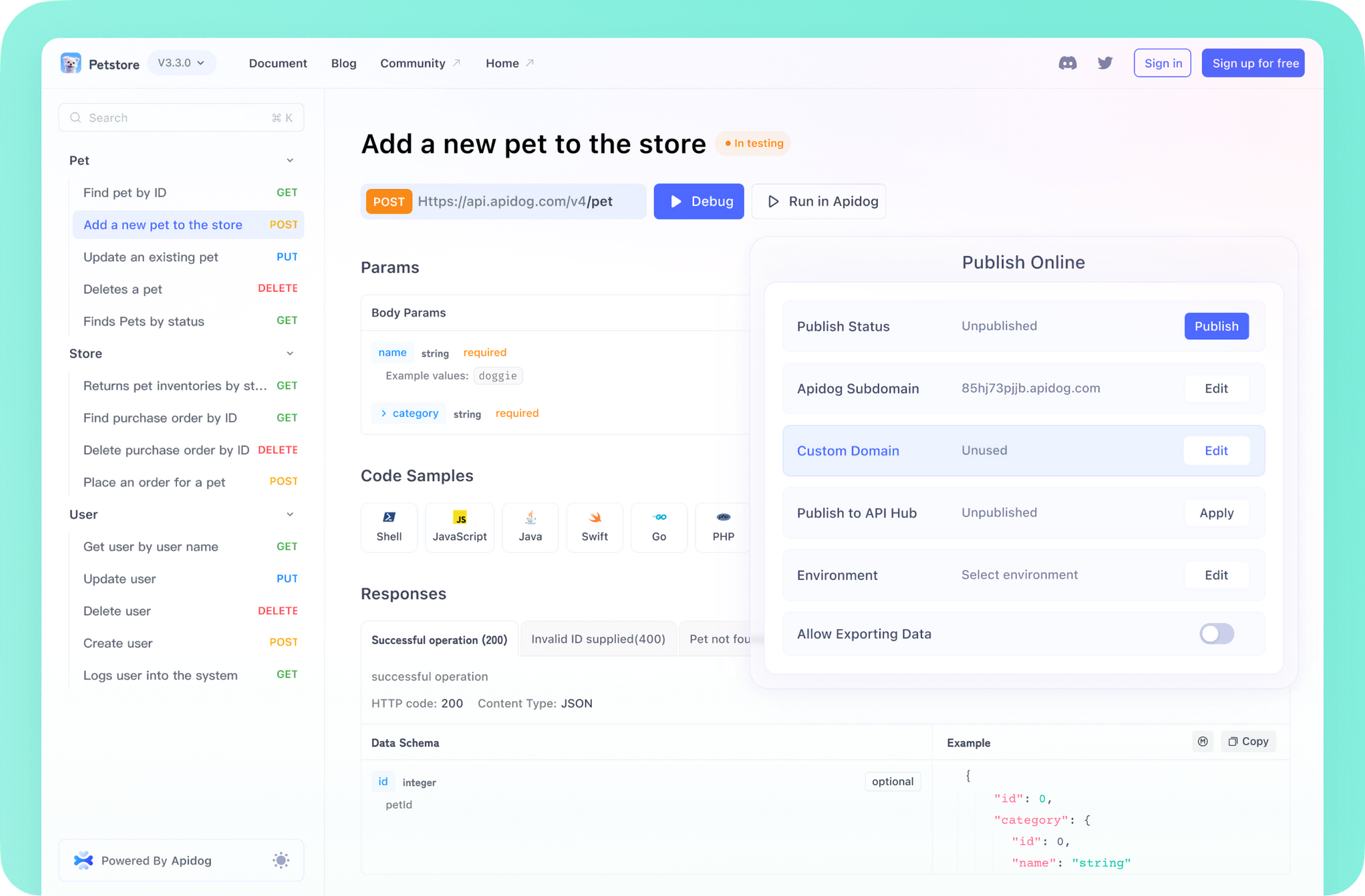
- Centralized API Management: It allows managing multiple API versions and sprint branches in one place, critical for microservices environments where independent services evolve rapidly yet need coordinated integration.
- Integrated API Debugging and Automated Testing: Developers can debug APIs in the same environment where they design them, saving time and reducing errors. Scheduled and CI/CD-integrated testing helps maintain API reliability over time, essential for microservices that depend on stable inter-service communication.
- Realistic API Mocking: Apidog generates mock APIs automatically from specifications, enabling frontend and QA teams to proceed without waiting for backend development this decoupling aligns well with microservices development methodologies.
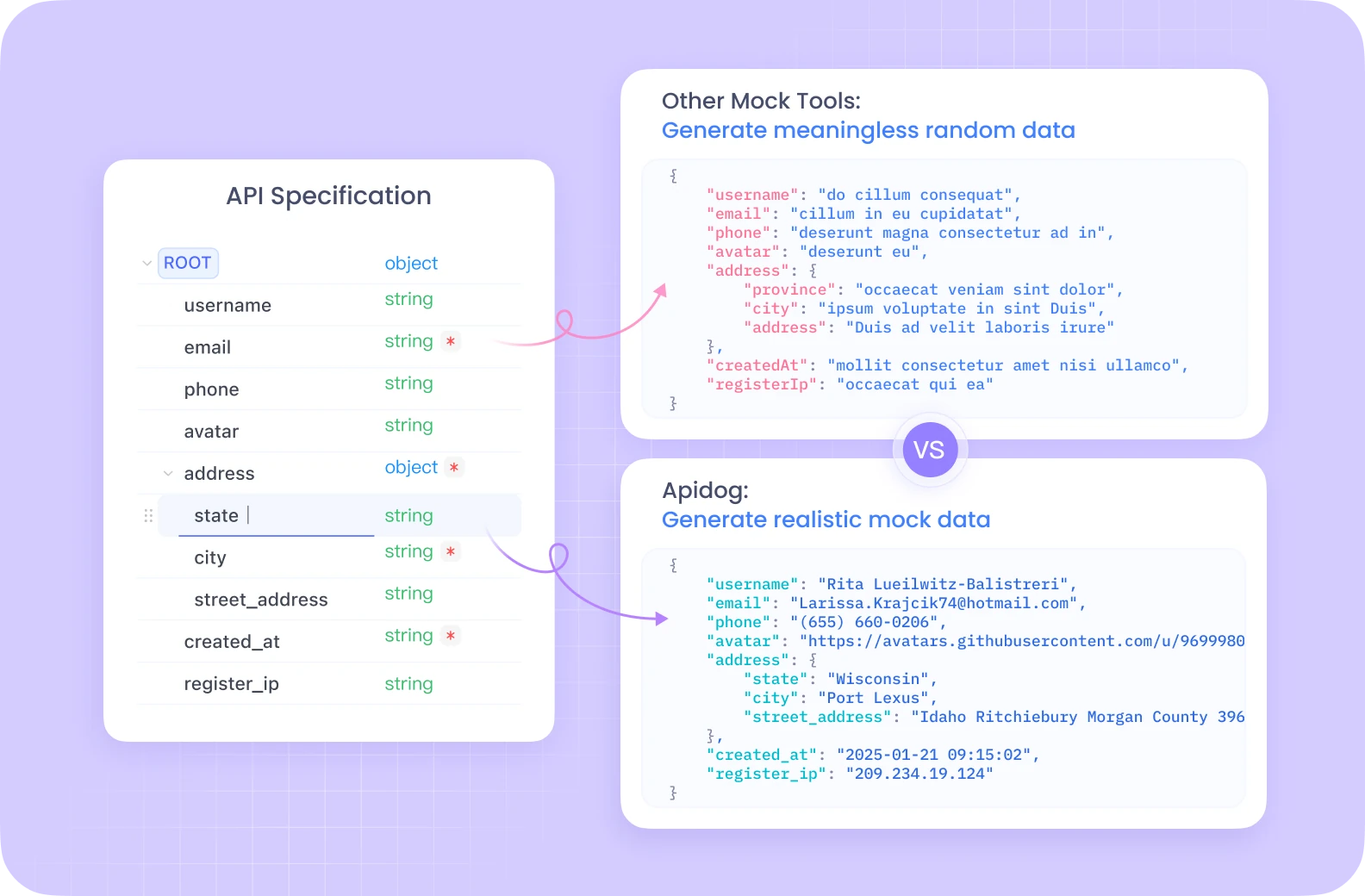
- Collaborative Features and Role-based Access: Real-time collaboration allows multiple team members to work concurrently on API projects, which is crucial for agile teams working on microservices. Role-based permissions maintain security and clarity of responsibility.
- Support for AI and No Code Tools: Apidog is drag-and-drop visual design and collaboration ease integrating AI services exposed through APIs and enable business users to participate in API orchestration without deep coding expertise.
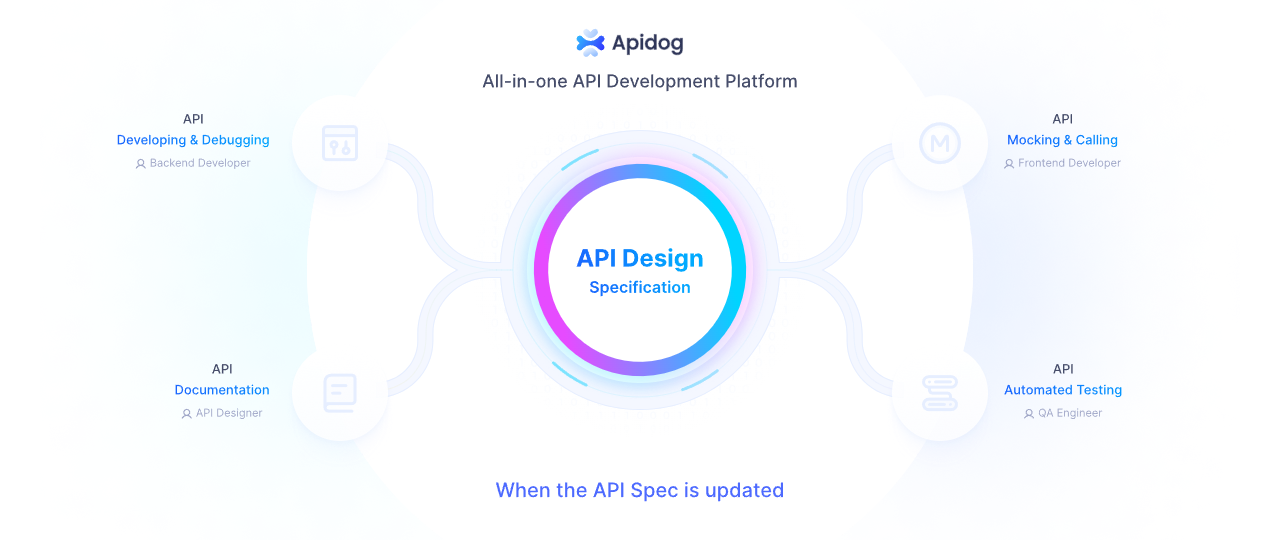
In sum, Apidog supports the practical realities of developing microservice based applications through robust API lifecycle management. It integrates well with modern workflows emphasizing automation, collaboration, and scalability. This makes Apidog not just a tool for API developers, but a strategic platform bridging APIs, microservices, AI integration, and no code tools accelerating innovation and operational efficiency in modern software projects.
Apidog is a prime example of the kind of platform that makes working with APIs more manageable and microservices more scalable and consistent.
Real-World Examples & Use Cases
E-Commerce Platform
APIs in Action:
- Payments: Stripe or PayPal API
- Shipping: FedEx API
- Product Recommendations: AI model API (e.g., Amazon Personalize)
Microservices in Action:
- User Auth Service
- Product Catalog Service
- Order Processing Service
- Notification Service
Each microservice exposes its own API—letting the front-end “talk” to each, or even each other.
Emerging Trends for 2025 and Beyond
- API-first Development:
Companies design APIs before writing application code, making integration quicker. - AI-driven APIs:
Explainable AI, dynamic pricing, and fraud detection available “as an API” to any business. - Composable Business:
Organizations use APIs, microservices, and no code tools to build on-demand, customizable systems. - Event-driven Microservices:
Systems respond to events in real-time (IoT, AI triggers, live streaming). - Security & Governance:
As APIs and microservices grow, managing access, versioning, and privacy becomes critical tools like Apidog and Kong are key.
Frequently Asked Questions
Q: Do I need to choose APIs or microservices or can I use both?
A: You almost always use both! Microservices architecture isn’t practical without APIs. Even monolithic apps often expose APIs for integration.
Q: Are APIs only for developers?
A: No! Thanks to no code tools, business users and analysts can now build API-based automations and integrate apps, too.
Q: Is adopting microservices always the best idea?
A: Not always. Small teams or simple apps may thrive with monolithic designs. Microservices add complexity you’ll need good API management and monitoring, too.
Q: Where does AI fit in?
A: AI is delivered as services (APIs), and enterprises use microservices to integrate those services efficiently with existing systems.
Conclusion
It’s easy to get lost in tech jargon, but you now know the difference between APIs and microservices, how they fit together, and why they matter in today’s world. APIs are all about connection; microservices are about organization and scalability. With the rise of AI and no code tools, both have become more accessible and vital than ever before.
Don’t forget:
If you want a smarter API workflow whether you’re testing, documenting, or integrating new AI-powered features grab Apidog for free. It’s built for modern teams like yours, making both APIs and microservices a breeze.
